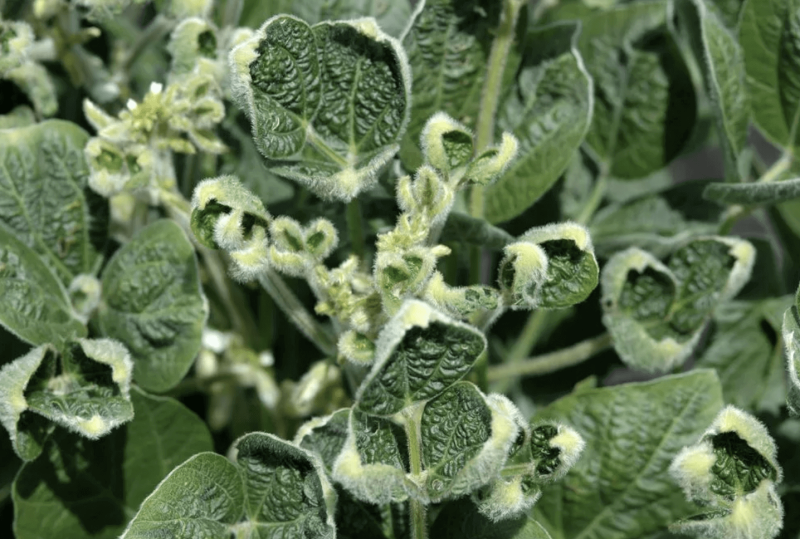A weed killer called dicamba has damaged more than 3.6 million acres of soybean crops, or about 4 percent of all soybeans planted in the United States this year, the Environmental Protection Agency said November 1 in calling for an urgent federal response.
“It is not often that we hear about impacts of this magnitude,” said Rick P. Keigwin Jr., the director of the E.P.A.’s pesticide program.
Dicamba has been used starting this year on genetically modified soybean and cotton crops that are grown from seeds created to be tolerant to weed killers. The problem is that the herbicide can drift off the fields where it is being applied, landing on nearby farms where conventional soybean seeds have been planted.
The damage estimates were presented during a meeting Wednesday called by the E.P.A. and attended by pesticide manufacturers, state agriculture officials, farmer groups and environmentalists.
The research, compiled by a University of Missouri plant sciences professor, Kevin Bradley, found that damage complaints have been filed in more than two dozen states.
The GLP aggregated and excerpted this article to reflect the diversity of news, opinion and analysis. Read full, original post: Crops in 25 States Damaged by Unintended Drift of Weed Killer































